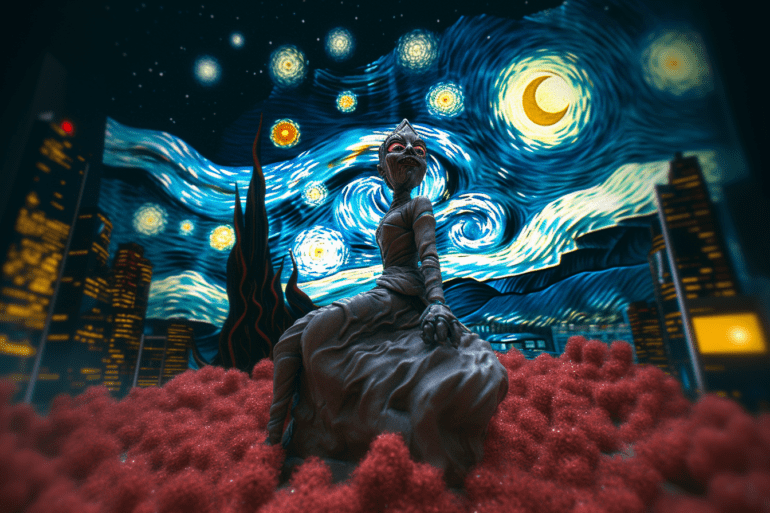TL;DR:
- Glazeable, an innovative tool, aims to safeguard digital artists’ creations from unauthorized AI utilization.
- Projects like Midjourney and Stable Diffusion demonstrate AI’s capacity to generate new artworks by drawing inspiration from existing ones.
- Glazeable, developed by University of Chicago scientists, employs machine learning to subtly alter artworks, making them indistinguishable from humans but distinct to AI.
- This tool adds an imperceptible layer to original digital artworks, protecting them from being exploited by AI algorithms.
- Prominent artist Eveline Fröhlich highlights the lack of consent in using artists’ works for AI training.
- Glazeable empowers artists to retain control over their creations and addresses the long-standing issue of unauthorized AI use in art.
Main AI News:
In the rapidly evolving realm of digital artistry, a groundbreaking solution has emerged to safeguard artists from the encroachments of artificial intelligence. This innovative tool is poised to empower digital artists to shield their creations from being harnessed by AI algorithms for training purposes. While AI’s capacity to manipulate and generate images has advanced by leaps and bounds, recent projects like Midjourney and Stable Diffusion exemplify its ability to craft novel visuals while drawing inspiration from pre-existing artistic endeavors. This technique involves extensive training on existing works, resulting in the paradoxical plight where original artists feel their contributions depreciated as certain AI entities appropriate their creations without consent.
However, a promising shift is on the horizon. Enterprising minds at the University of Chicago have introduced an ingenious solution named “Glazeable,” poised to uphold artistic integrity and thwart the misuse of creations within AI training systems. This pioneering tool harnesses the power of machine learning, orchestrating a series of subtle alterations to artworks, rendering them imperceptibly distinct to the human eye while appearing wholly dissimilar to the keen senses of artificial intelligence.
Imagine Glazeable as a concealed guardian, discreetly enfolding original digital artworks with an additional, nearly invisible layer. While indistinguishable to human observers, this secondary stratum metamorphoses the artwork into an entirely novel entity as perceived by artificial intelligence.
Eveline Fröhlich, a prominent visual artist renowned for her print sales and contributions to album and book covers, voiced a sentiment widely shared among artists. She articulated, “We’ve never been consulted regarding the application of our creations.” Fröhlich’s remark resonates with a prevailing sense of vulnerability artists experience as their painstakingly crafted works become unwitting tools for AI advancement.
The architects behind Glazeable underscore its significance as a formidable countermeasure against this predicament. They aptly assert, “Until this juncture, a sense of helplessness pervaded many of us due to the absence of an effective mechanism for safeguarding our creative output.“
Conclusion:
Glazeable’s emergence marks a significant turning point in the art-tech landscape. By providing a tangible defense against the unsanctioned integration of artists’ works in AI training, Glazeable not only empowers artists but also introduces a new paradigm for the coexistence of creativity and technology in the market. This tool has the potential to foster a more equitable relationship between artists and AI, stimulating a reimagining of how artistic creations are respected and utilized in the digital age.

